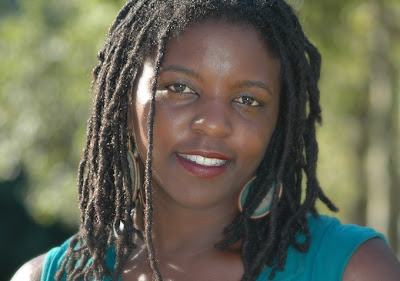Black History Month: UAlbany Faculty Experts Discuss Significant Contributions of African-American Scientists, Authors, Educators and Leaders
ALBANY, N.Y. (January 21, 2013) -- As Black History Month is celebrated throughout the United States in February, University at Albany faculty experts are available to discuss the legacy of African-American scientists, political leaders, educators and artists who helped shape U.S. history. These experts and areas of specialty include:
UAlbany Associate Professor of Women's Studies Janell Hobson explains the history behind the observance and details the important contributions of lesser known individuals who helped shape the nation. Hobson has spearheaded a special series for Ms. Magazine's blog on “Black Herstory” month and is leading the planning for a special symposium in honor of the 100th anniversary of Harriet Tubman’s death. Hobson is the author of Body as Evidence (2012), an analysis of how race and gender intersect in the rhetoric and imagery of popular culture in the early 21st century.
UAlbany Assistant Professor of Africana Studies Ibram Rogers researches African-American history, American social history, the racial history of higher education, history of Africana Studies, civil rights and black power studies, student activism, the Long Sixties, black social and political thought, and American intellectual history. He has published essays on the Black Campus Movement, black power, and intellectual history in books and referred academic journals, including The Journal of African American History, Journal of Social History, Journal of Black Studies, Journal of African American Studies, and The Sixties: A Journal of History, Politics and Culture.
 Legendary Civil War veteran Harriet Tubman passed away is among a host of African Americans who helped shape U.S. history. (Illustration by Curtis James, used by permission) | Africana Studies and History Professor Allen Ballard offers insight into the history and culture of African Americans, as well as the history of the Civil War. Ballard has published several books, including The Education of Black People (1973) and Carried by Six (2009). He was also one of the first two African Americans to integrate Kenyon College. Africana Studies Chair and Associate Professor Marcia Sutherland studies African psychology (including issues affecting people of African heritage), enslavement and colonial experiences of people of African descent, HIV/AIDS, and transracial adoption. Sutherland is the author of Black Authenticity: A Psychology for Liberating People of African Descent (1997). University at Albany, State University of New York · 1400 Washington Ave. · Albany, NY 12222 · Phone (518) 442-3300 Contact: Media Relations Office (518) 956-8150 |






























